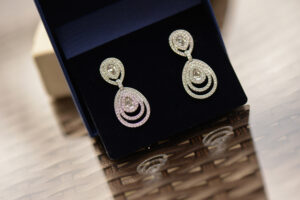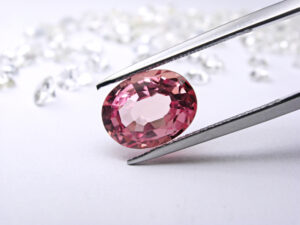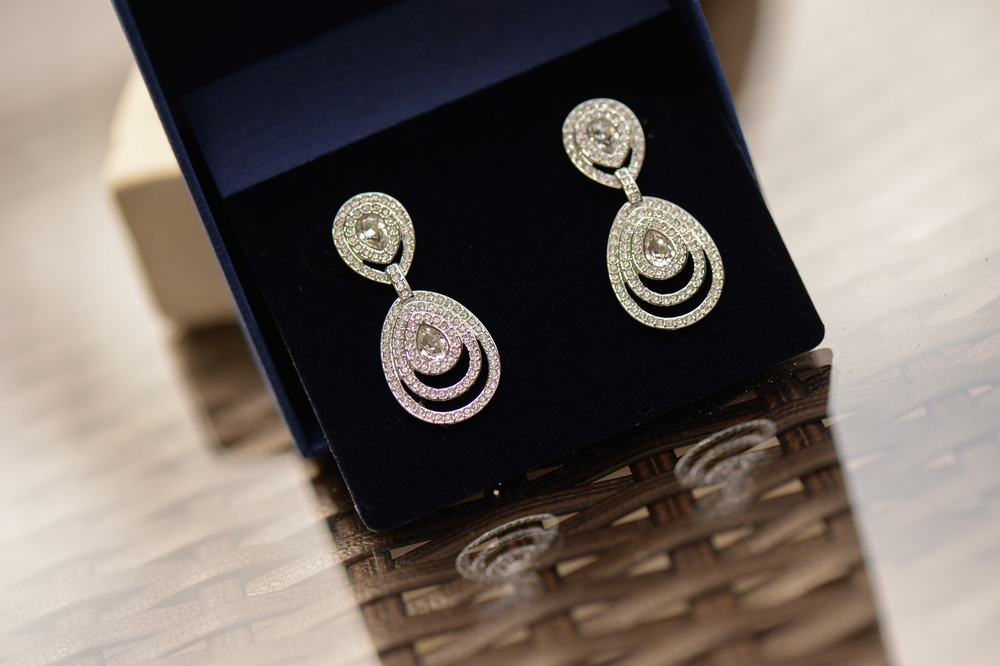
One of the most popular diamonds for engagement rings are princess-cut diamonds. This popular fancy cut diamond is one of the expensive stones as well. Therefore, it is crucial to ensure that you are getting a high-quality diamond for your money. A lot of people today prefer lab-grown diamond over natural diamonds these days. The fact is that both kinds are similar and if you choose a lab-grown princess cut diamond, it will be less expensive.
Remember to consider these characteristics while purchasing a princess cut diamond.
Length-To-Width Ratio
A princess-cut diamond’s length-to-width ratio indicates how square its form is. The girdle is used to measure the length and width of a princess cut diamond. They often have a length-to-width ratio of 1:1.1. For this type of cut, values closer to 1 are preferred, whereas ratios greater than 1.1 are less desired.
Girdle
A girdle is the broadest section of the diamond. The thickness of this outside margin can vary greatly, from very thin to quite thick. The ideal girdle thickness for princess-cut diamonds is between very thin and thick.
A diamond with a very broad girdle is undesirable since the girdle distorts the other proportions of the diamond. Incredibly skinny girdles should also be avoided due to their proclivity for chipping. Because the girdle of a princess-cut diamond is evaluated vertically, all you have to do is figure out how tall it is.
Table Percentage
The rectangular flat facet on the surface of a princess cut diamond is known as the table. For a princess cut, a table percentage of 60 % to 75 % is ideal. Tables of 75-80 % or 56 % -60 % are also regarded as good cut diamonds.
Depth Percentage

The distance between the table and the bottom of a princess-cut diamond is referred to as depth. When you divide the princess cut diamond’s depth by its width, you will get the depth percentage. This value should be between 65 and 75 % of the total. Good values are in the ranges of 58 % to 64 % and 75 % to 80 %.
Culet
A little flat facet that is found in the base of a diamond is called a culet. It is frequently absent, leaving only a pointy end on the bottom. It’s better if the culet is tiny or non-existent. Medium to large culets is undesired because they are too noticeable when viewed from above and detract from the light pattern on the table.
